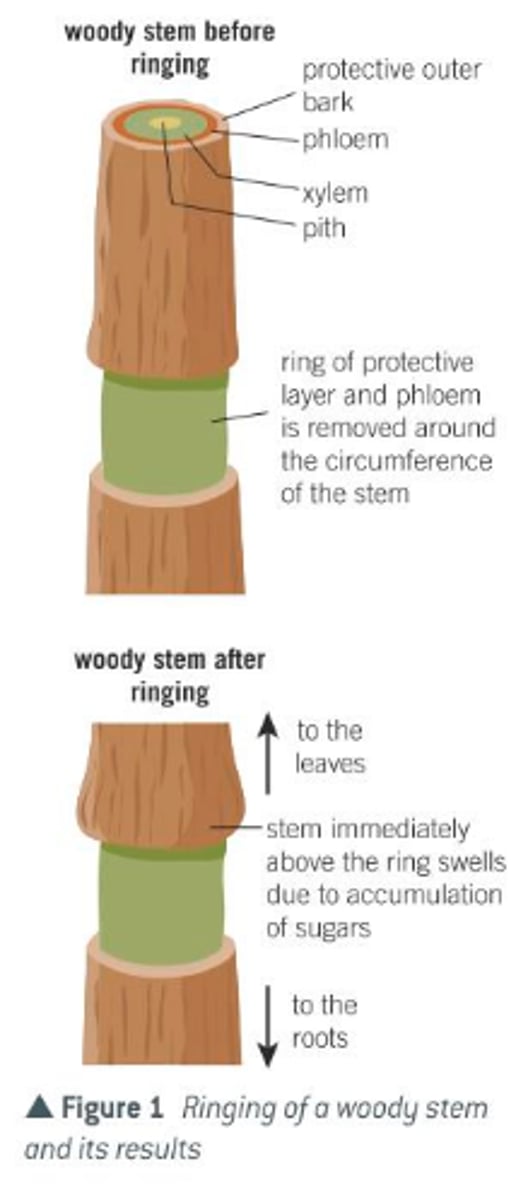3.4.2 Mass Transport in plants
1/33
There's no tags or description
Looks like no tags are added yet.
Name | Mastery | Learn | Test | Matching | Spaced |
|---|
No study sessions yet.
34 Terms
function of xylem
transports water and minerals from roots, up the stem and to leaves of plants
how is the xylem adapted for its function? (3)
1. no end walls - to allow long continuous column of water
2. cells have no cytoplasm or nucleus - no obstructions to flow of water
3. thick cells walls with lignin - provide support and withstand tension
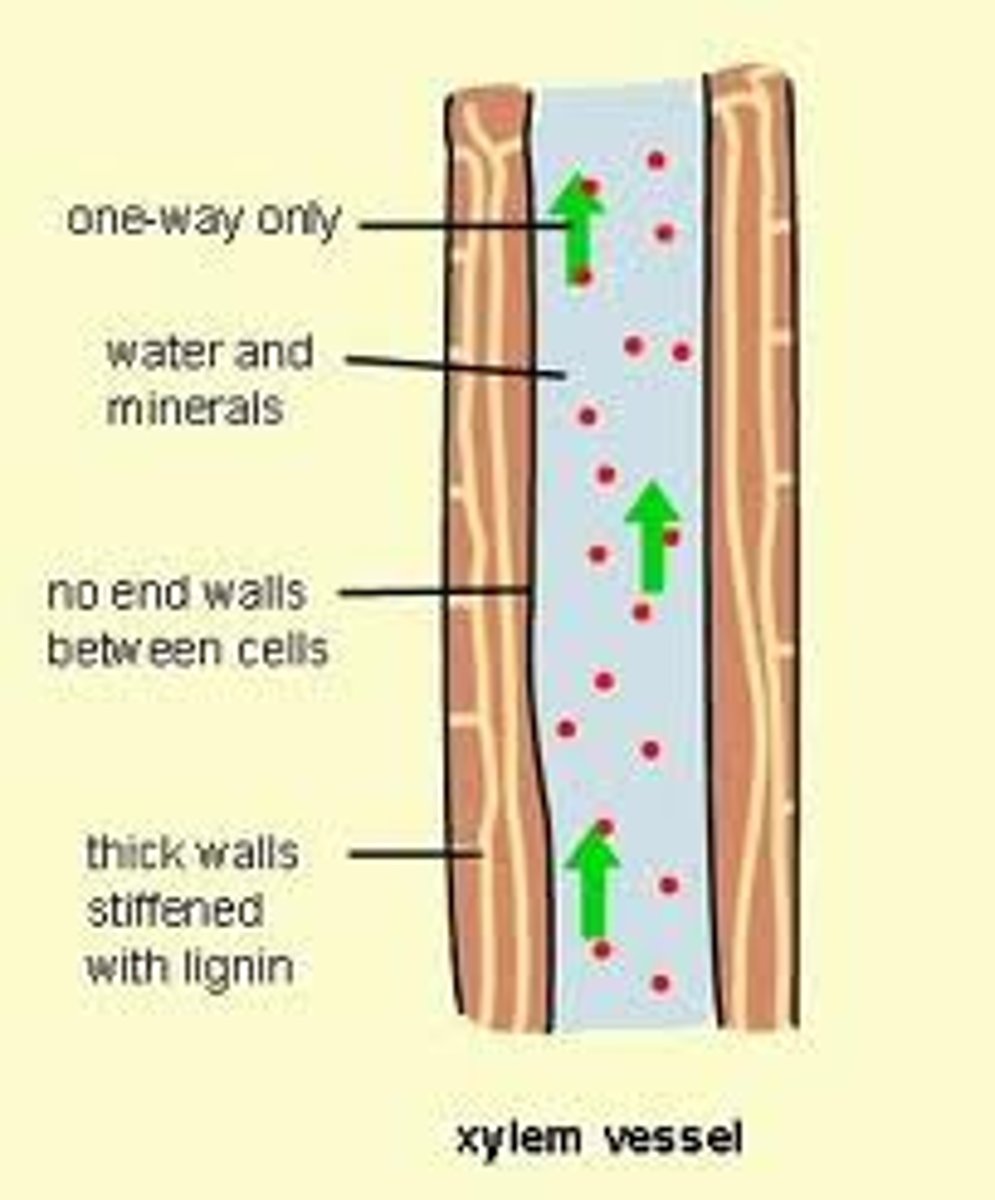
what is the theory for water transport in xylem of plants?
cohesion-tension theory
explain the cohesion-tension theory (5)
1. water evaporates from mesophyll cells into air spaces and the water vapour diffuses out through stomata
2. this reduces water potential of mesophyll cells, causing it to draw in water out of xylem down a water potential gradient
3. this creates tension in xylem (negative pressure)
4. water molecules form hydrogen bonds resulting in cohesion, so water is pulled up as a continuous, unbroken column
5. water enters roots by osmosis
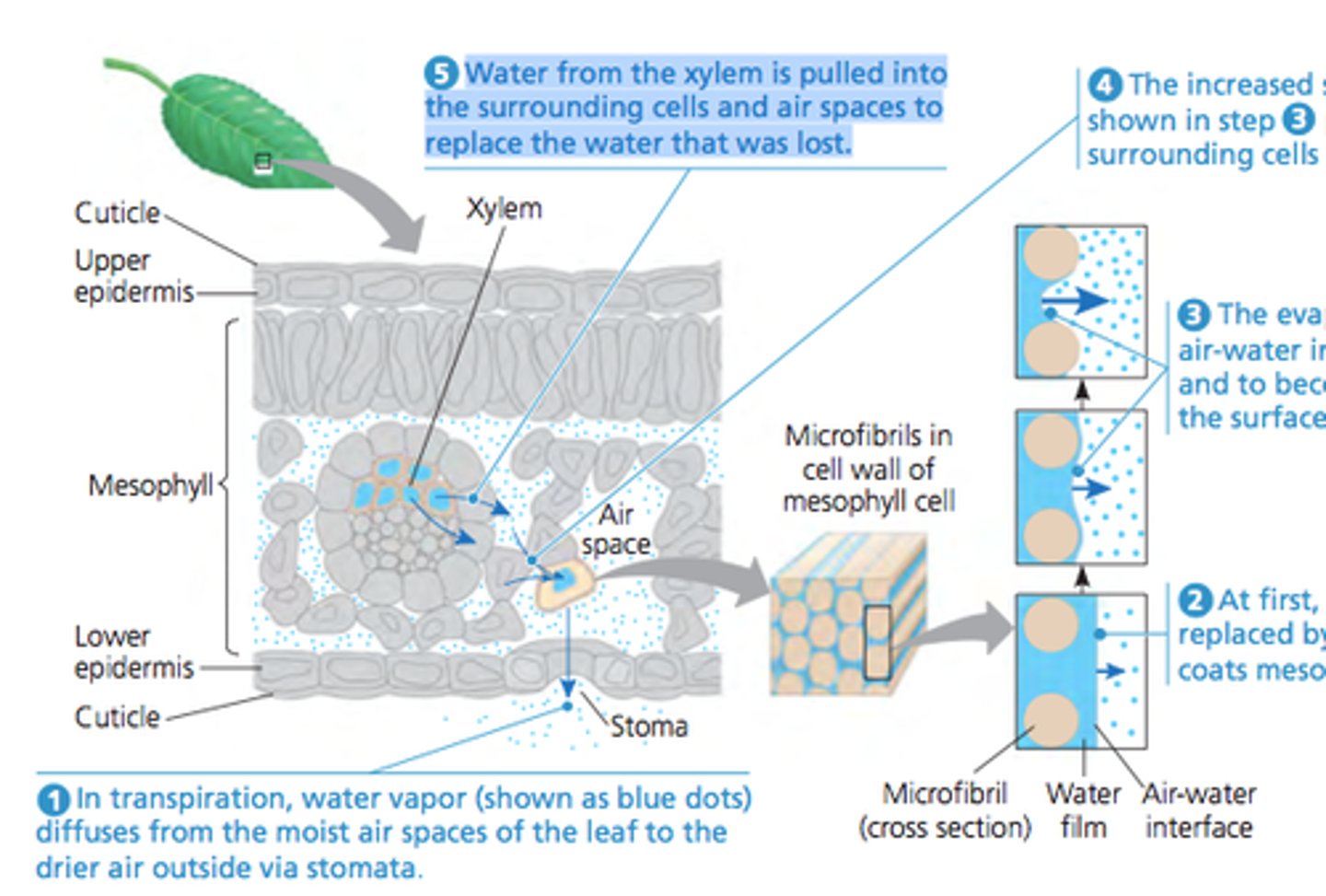
give 3 pieces of evidence for cohesion-tension theory
1. diameter of tree trunks change according to rate of transpiration. ie. when transpiration is at is highest during the day, there is more tension in xylem so walls are pulled inwards, causing shrinking diameter.
2. if xylem is broken and air enters it, tree can no longer draw up water. this is because the continuous column of water has been broken.
3. when xylem is punctured, water does not leak out which would be the case if it were under pressure. instead, air is drawn it so it is under tension

Variables affecting rate of transpiration (4)
light intensity, temperature, wind intensity, humidity
how does light intensity affect rate of transpiration and why?
- increasing light intensity increases rate of transpiration
- stomata open in light to let in CO₂ for increased rate of photosynthesis, allowing more water vapour to evaporate.
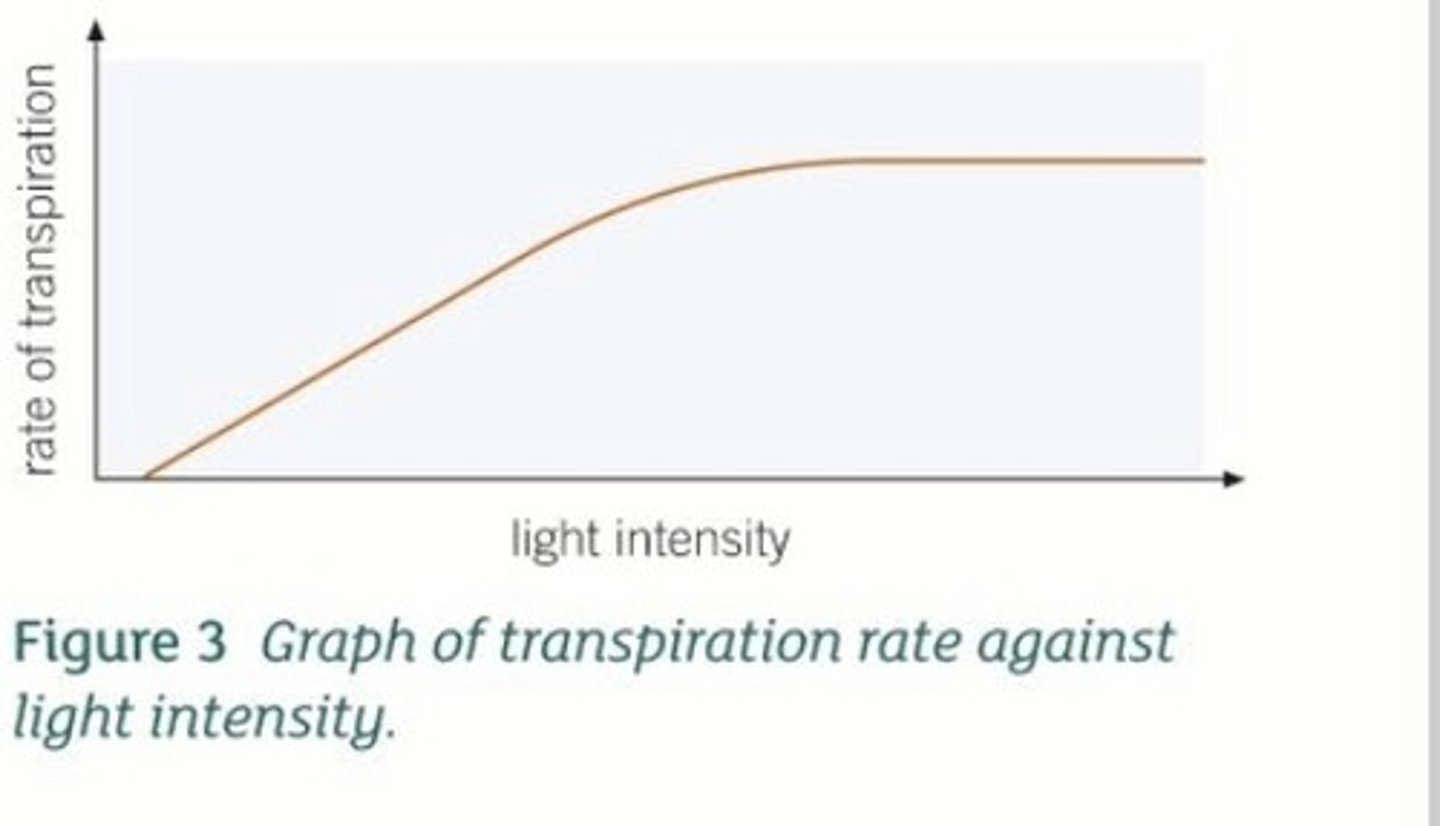
how does temperature affect rate of transpiration and why?
- increasing temperature increases rate of transpiration
- water molecules have more kinetic energy so will evaporate faster
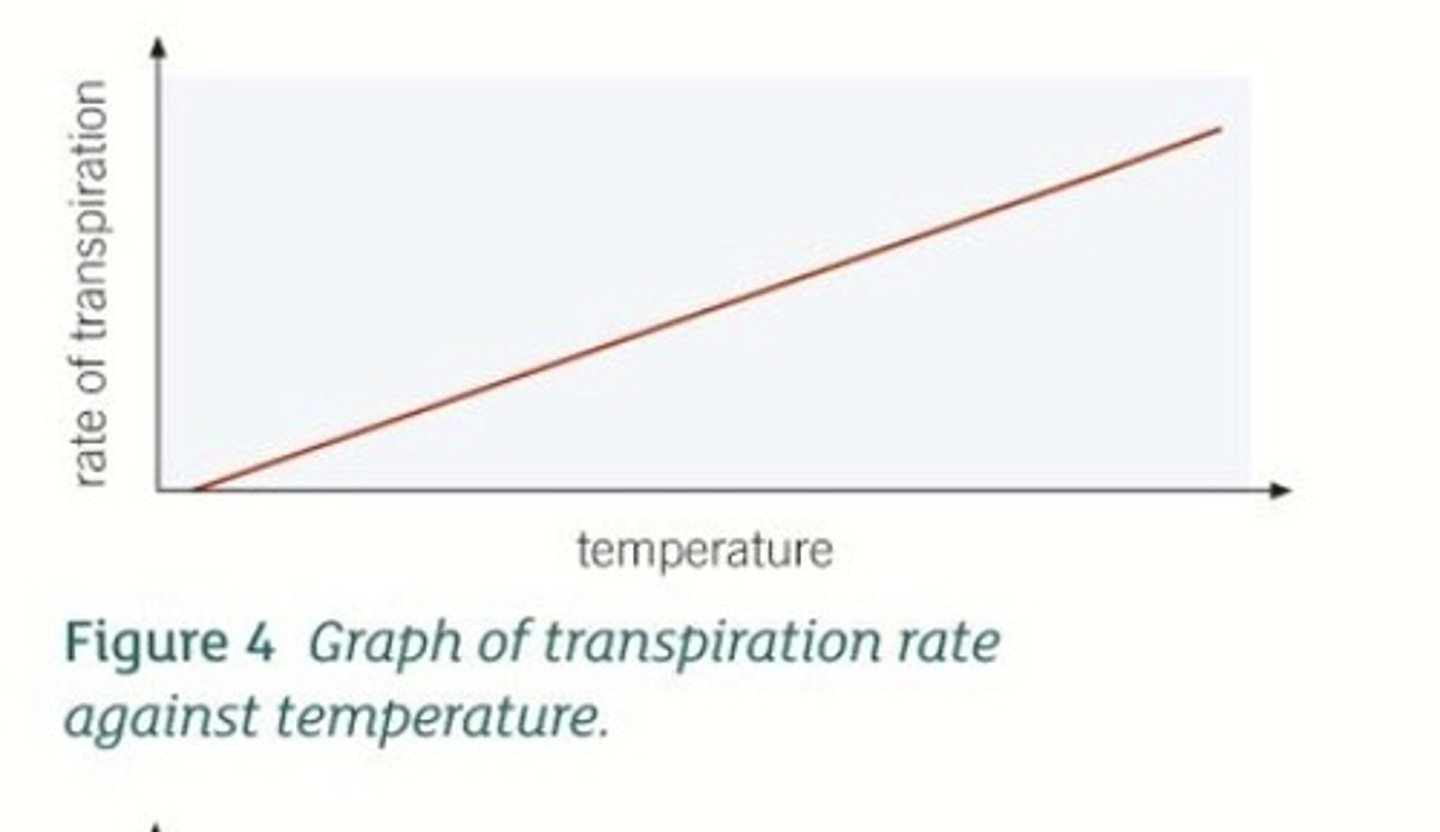
how does wind intensity affect rate of transpiration and why?
- increasing wind intensity increases rate of transpiration
- wind blows away water molecules from around stomata, decreasing the water potential. This increases water potential gradient, so water evaporates faster.
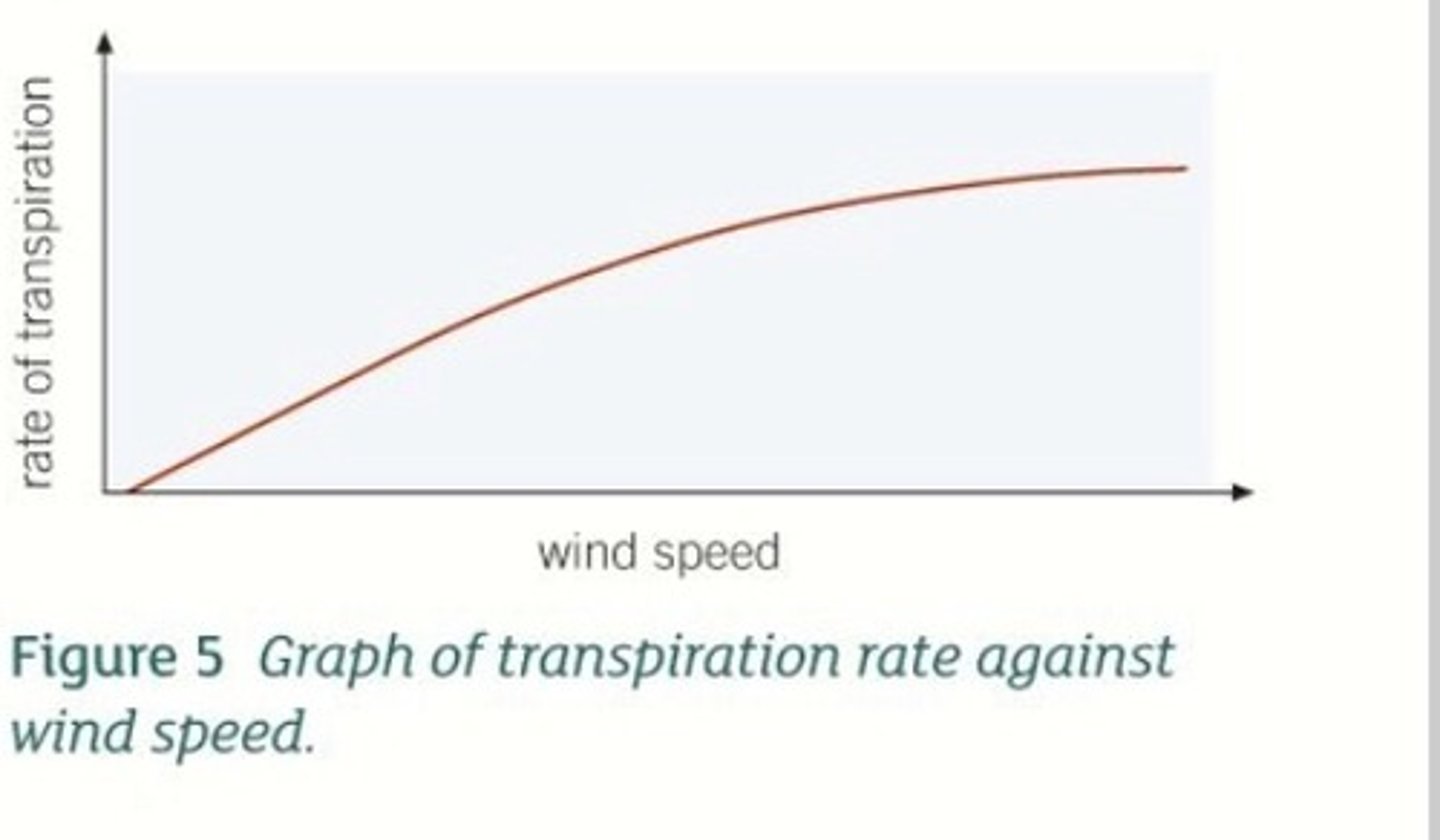
how does humidity affect rate of transpiration and why?
- increasing humidity decreases rate of transpiration
- more water molecules are in the air surrounding the stomata, increasing water potential. This decreases water potential gradient, so water evaporates slower.
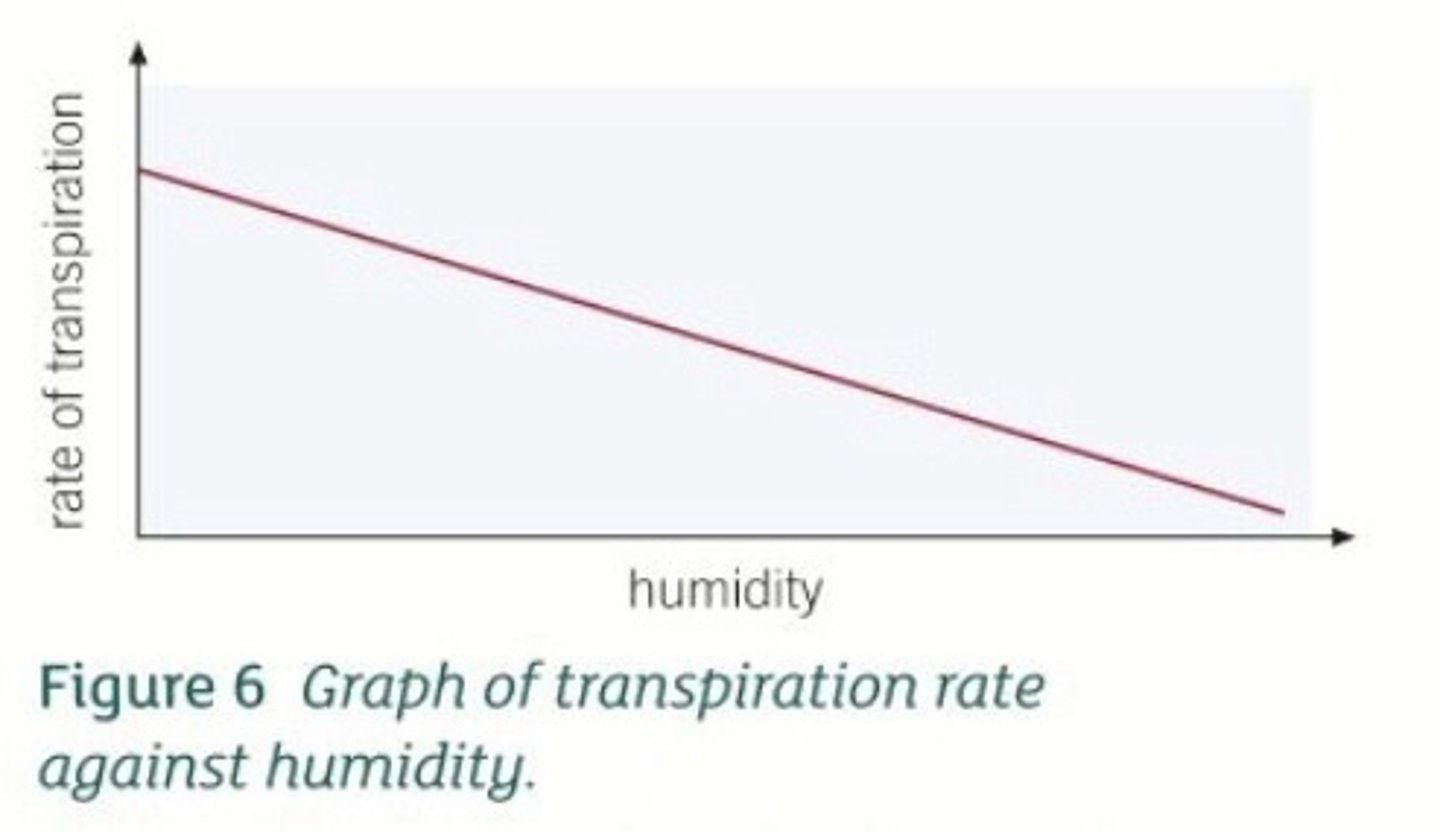
What does a potometer measure?
water uptake
Describe how to set up a potometer
1. Take a plant and cut off a healthy shoot. You need to do this underwater to prevent air from entering the xylem. You should also cut the shoot at a slant to increase the amount of surface area for water uptake.
2. Keeping the shoot underwater, insert it into the potometer. Use petroleum jelly to ensure seal between shoot and potometer is airtight.
3. Take the potometer out of the water, but ensure that the capillary tube is submerged in a beaker of water.
4. Dry the leaves and leave the apparatus for 30 mins to enable the shoot to acclimatise.
5. Ensure that all other variables are controlled - e.g. light intensity and humidity.
6. Shut the tap so that the capillary tube system is closed them remove the end of the capillary tube from the beaker of water until one air bubble has formed. Place the capillary tube back into the beaker of water.
7. Record the starting position of the air bubble then time how long it takes for the air bubble to move along the capillary tube. Record the distance moved per unit time.
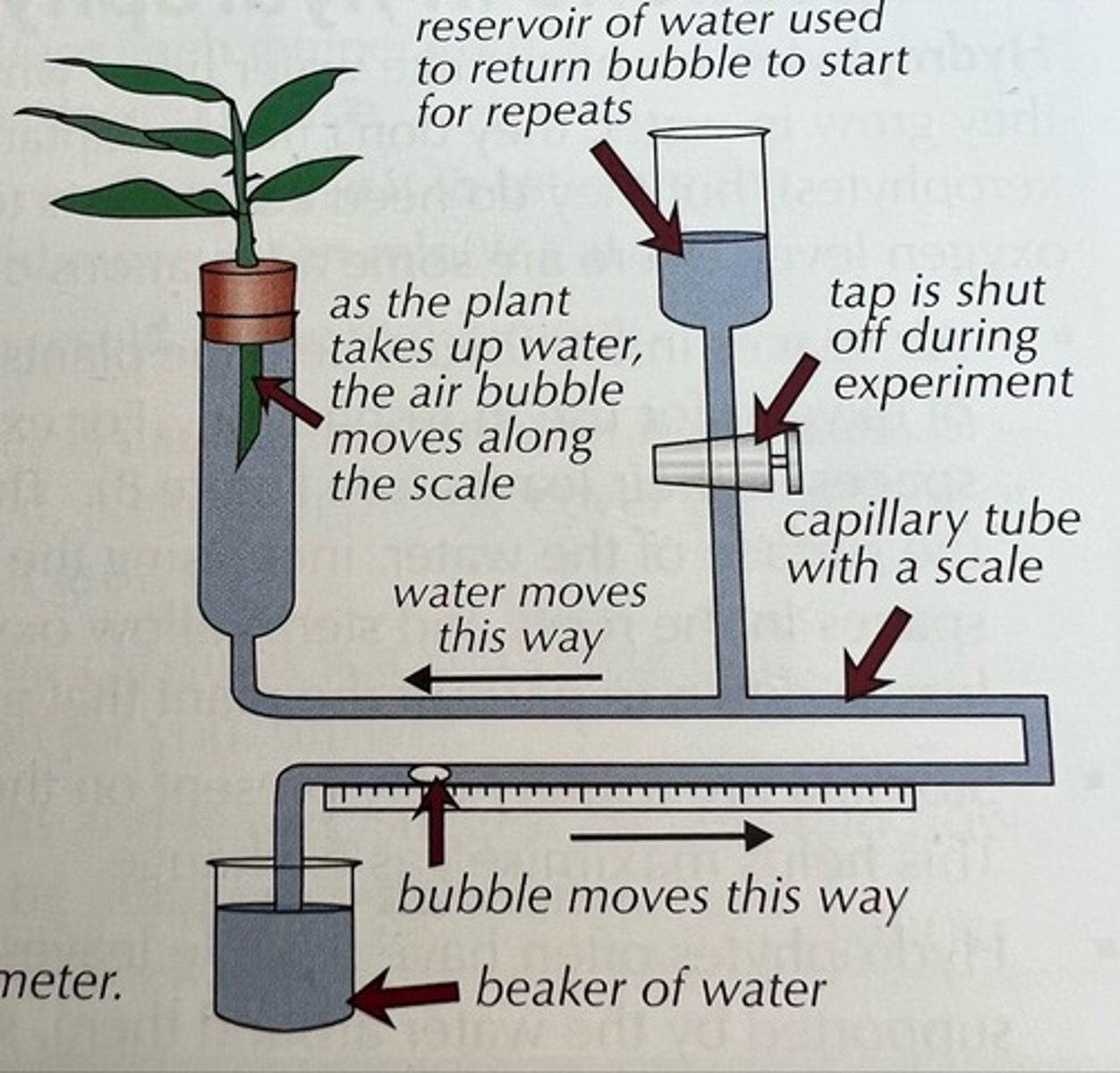
precautions when setting up potometer (4)
- cut stem underwater to prevent air bubbles entering xylem and breaking continuous column of water, preventing transpiration
- cut stem at a slant to increase surface area through which the water can enter the plant.
- dry leaves, as water blocks stomata
- ensure apparatus is airtight and watertight, covering joints with petroleum jelly
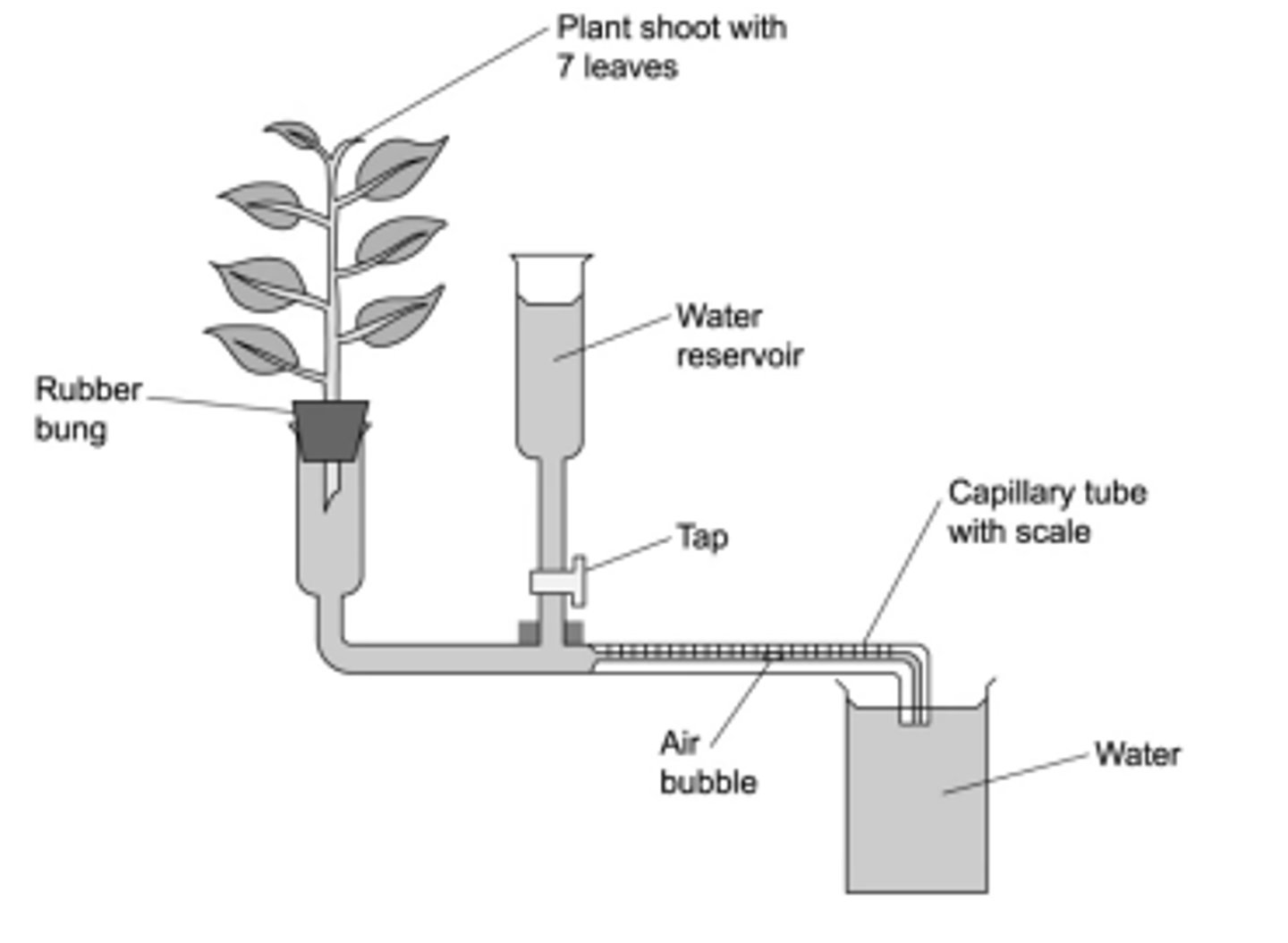
how to reset potometer apparatus to investigate the effect of different variables on rate of transpiration
the tap to the water reservoir will be opened,, which will push air bubble back to the start.
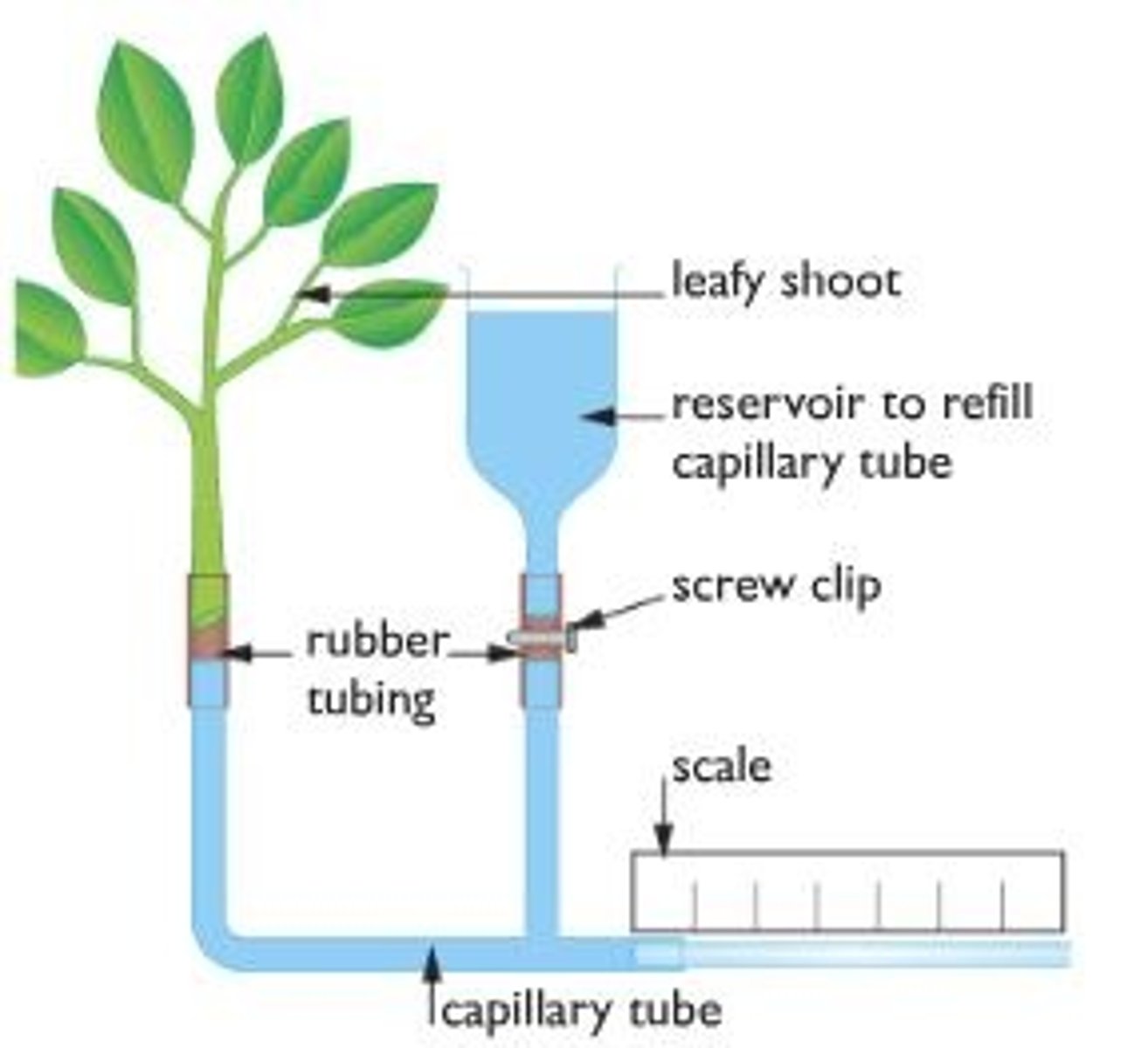
how to use potometer to investigate effect of wind on transpiration?
set up a fan
how to use potometer to investigate effect of humidity on transpiration?
spray water in a plastic bag and wrap around plant
how to use potometer to investigate effect of light on transpiration?
change distance of a light source eg. lamp
how to use potometer to investigate effect of temperature on transpiration?
change temperature of room
what is the limitation of using a potometer to measure rate of transpiration?
rate of water uptake ≠ rate of transpiration
why may rate of water uptake not equal rate of transpiration? (3)
- water is used for support/turgidity and in hydrolysis
- water is used in photosynthesis
- water is produced in respiration and condensation reactions
what variables would have to be controlled if you were to perform this experiment with two different plant species?
surface area of leaves (number and size)
function of phloem
transports organic material (e.g. sucrose) in plants

How is phloem adapted for its function? (3)
1. sieve tube elements have few organelles to maximise space for efficient flow of substances
2. end walls between cells are perforated (sieve plates)
3. companion cells contain many mitochondria for high rate of respiration to make ATP for active transport of solutes
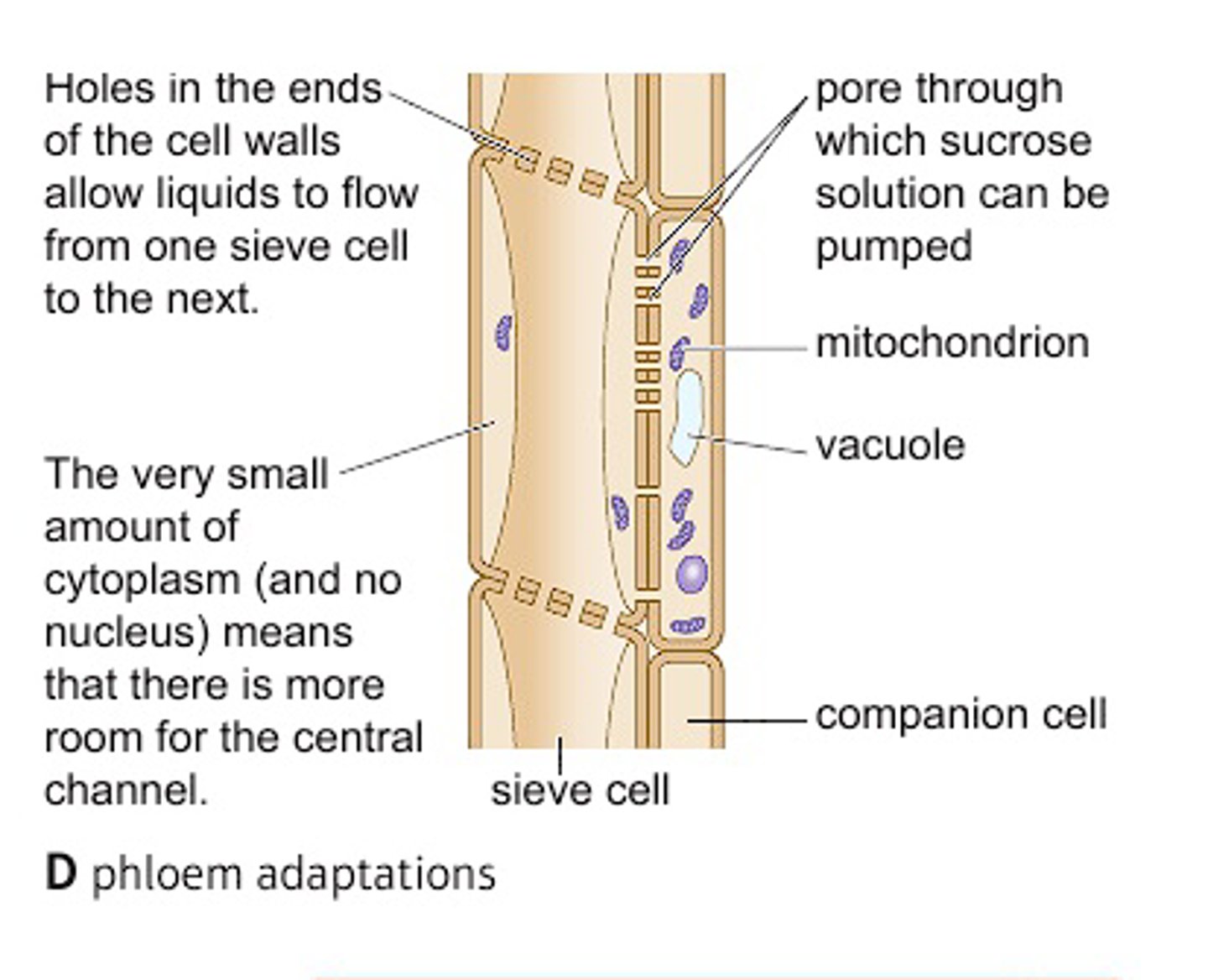
what is translocation?
movement of assimilates (solutes) such as sucrose from source cells to sink cells by mass flow
source cells
cells in plant tissue where sugars are made eg. leaves
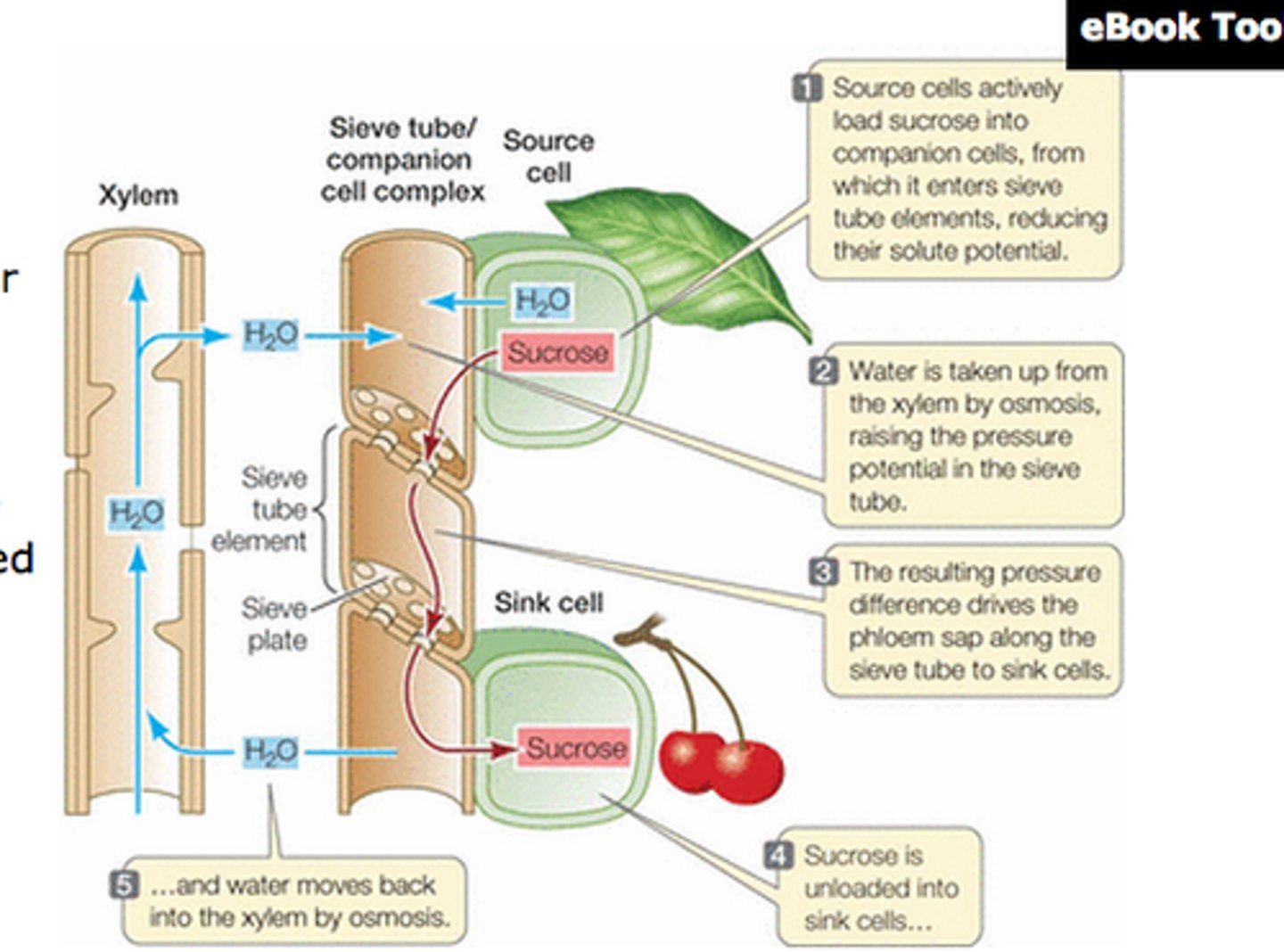
sink cells
cells in plant tissue where sugars are used or stored eg. roots
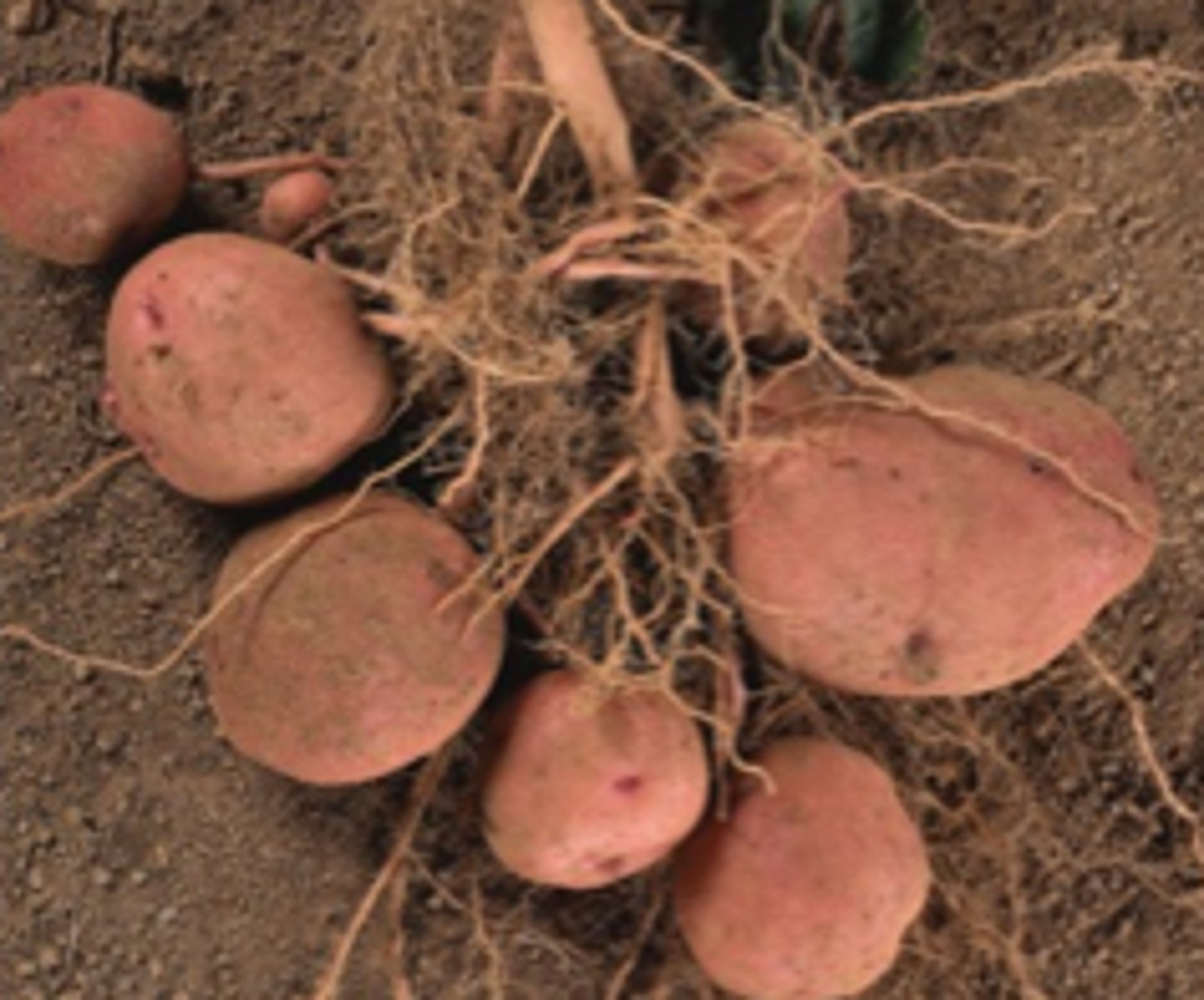
explain mass flow hypothesis for translocation
1. at source, sucrose is actively transported into phloem sieve tubes by companion cells
2. this lowers water potential in sieve tubes so water enters from xylem by osmosis
3. this increases hydrostatic pressure in sieve tubes at soure
4. mass flow occurs, where sucrose is moved down the hydrostatic pressure gradient from source to sink
5. at sink, sucrose is removed by active transport
6. this increases water potential in sieve tubes, so water moves back into xylem by osmosis

evidence supporting mass flow hypothesis (6)
1. when sieve tubes are cut, sap is released so there must be pressure within
2. concentration of sucrose is higher in leaves than in roots
3. when leaves are shaded or at night, downward flow in phloem ceases
4. increases in sucrose levels in leaf are followed by increases in phloem
5. metabolic poisons or lack of oxygen inhibit translocation so must be an active process needing ATP
6. companion cells possess many mitochondria so readily produce ATP
Why does the addition of metabolic inhibitors/ lack of oxygen into the phloem stop translocation?
- metabolic inhibitors or lack of oxygen will stop respiration and ATP production
-so active transport of sucrose out of the companion cells into phloem stops.
-translocation/mass flow stops as no pressure gradient can be formed.
evidence questioning the mass flow hypothesis (3)
1. the function of the sieve plates is unclear, as they would seem to hinder mass flow (it has been suggested that they may have a structural function, helping to prevent the tubes from bursting under pressure).
2. not all solutes move at the same speed -they should do so if movement is by mass flow.
3. sucrose is delivered at more or less the same rate to all regions, rather than going more quickly to the ones with the lowest sucrose concentration, which the mass flow theory would suggest.
An aphid's mouth can pierce the phloem, allowing it to feed. Scientists can snap off the aphid's body leaving their mouth parts in the plant. If this is done near the leaves, the phloem sap flows out quicker than if it was further down the stem. What does this show?
It shows that there is a pressure gradient ( higher pressure at leaves/ source and lower pressure at sink) due to movement of water into and out of the phloem by osmosis.
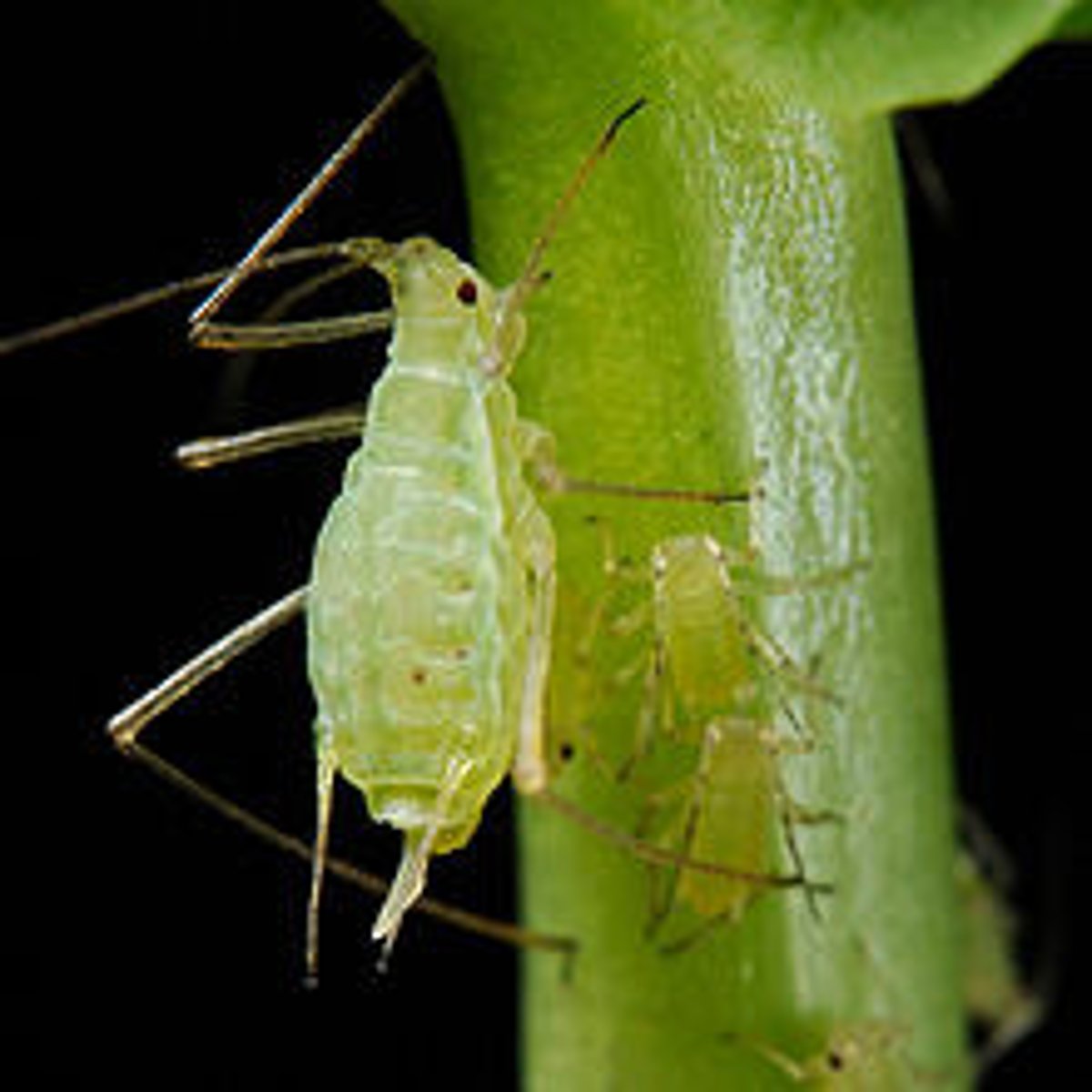
What experiments can be used to investigate transport in plants and prove phloem is responsible for translocation? (2)
- radioactive tracer experiments
- ringing experiments
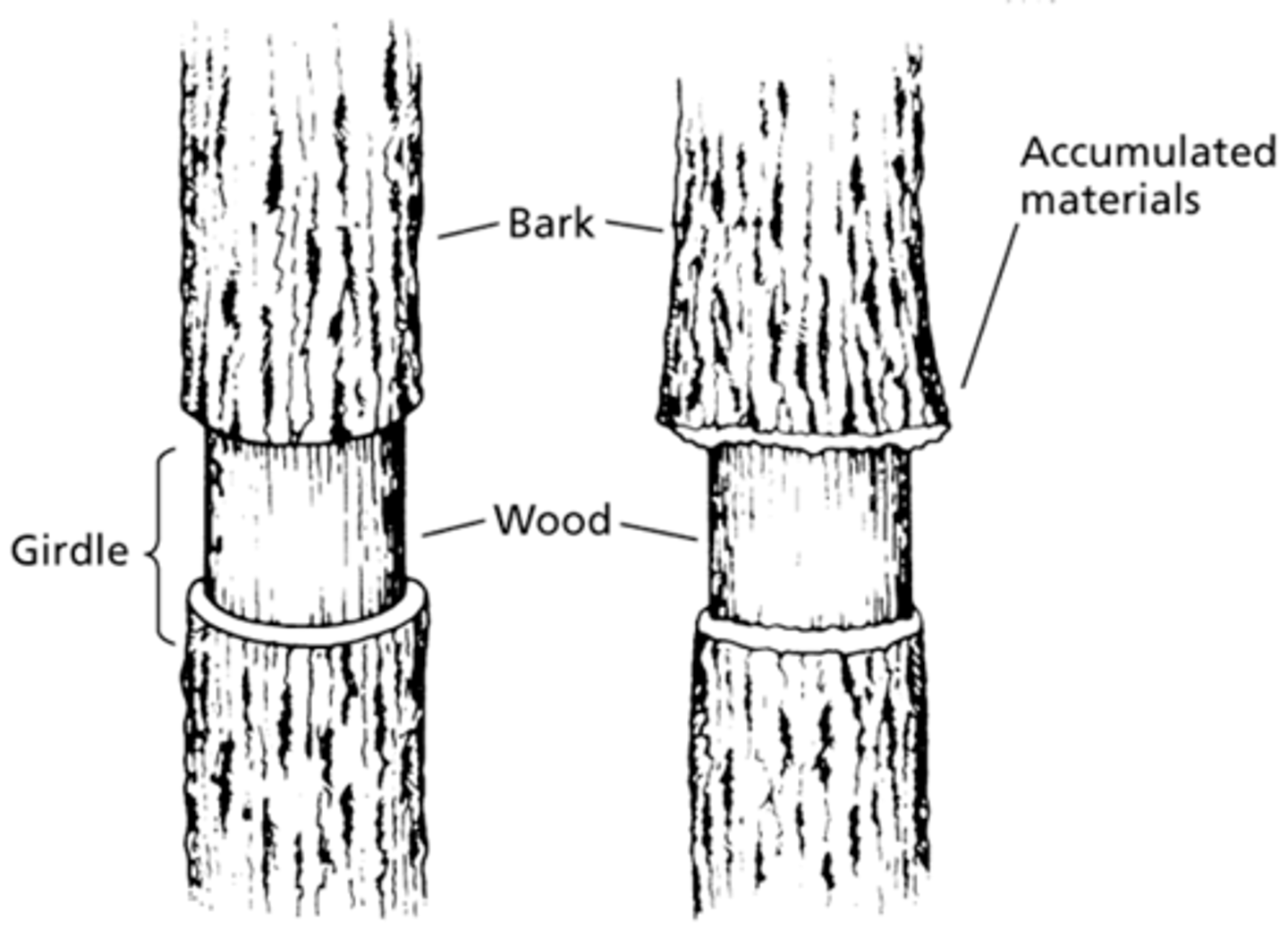
How can we use tracer experiments to investigate transport in plants? (5)
1. leaf supplied with radioactive tracer eg. carbon dioxide containing radioactive isotope 14C
2. radioactive carbon will be incorporated into organic substances during photosynthesis
3. these move around plant by translocation
4. movement is tracked using autoradiography or a Geiger counter
5. using autoradiography, blackened regions are found to correspond to where phloem tissue is in the stem → other tissues do not blacken film, so phloem is responsible for translocation.
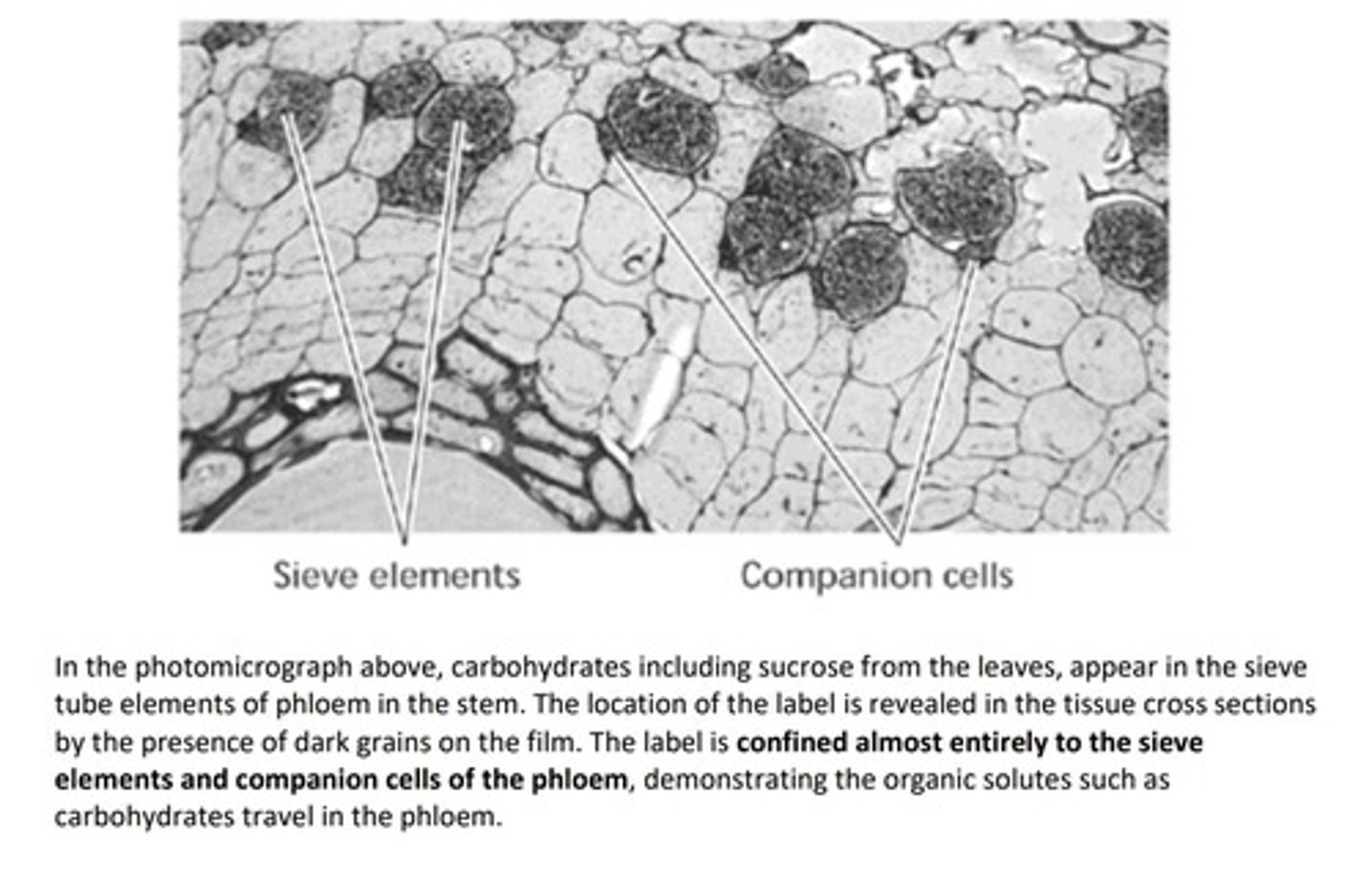
How can we use ringing experiments to investigate transport in plants? (4)
1. remove a ring of bark to remove phloem only
2. a bulge will form on the source side
3. fluid from bulge will have higher concentration of sugars than below, showing sugar is transported in phloem.
4. tissues below ring will die as they cannot get organic substances
